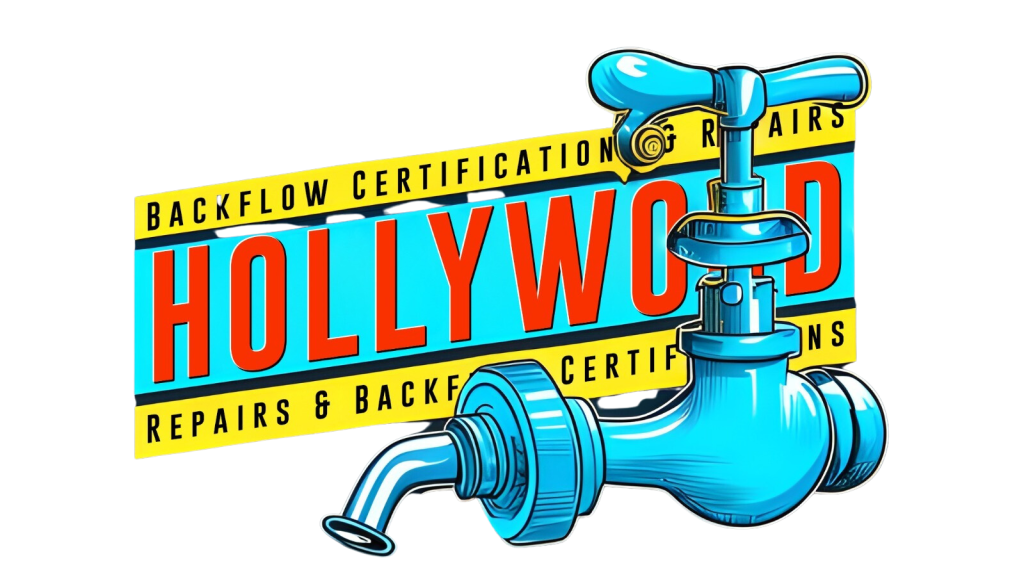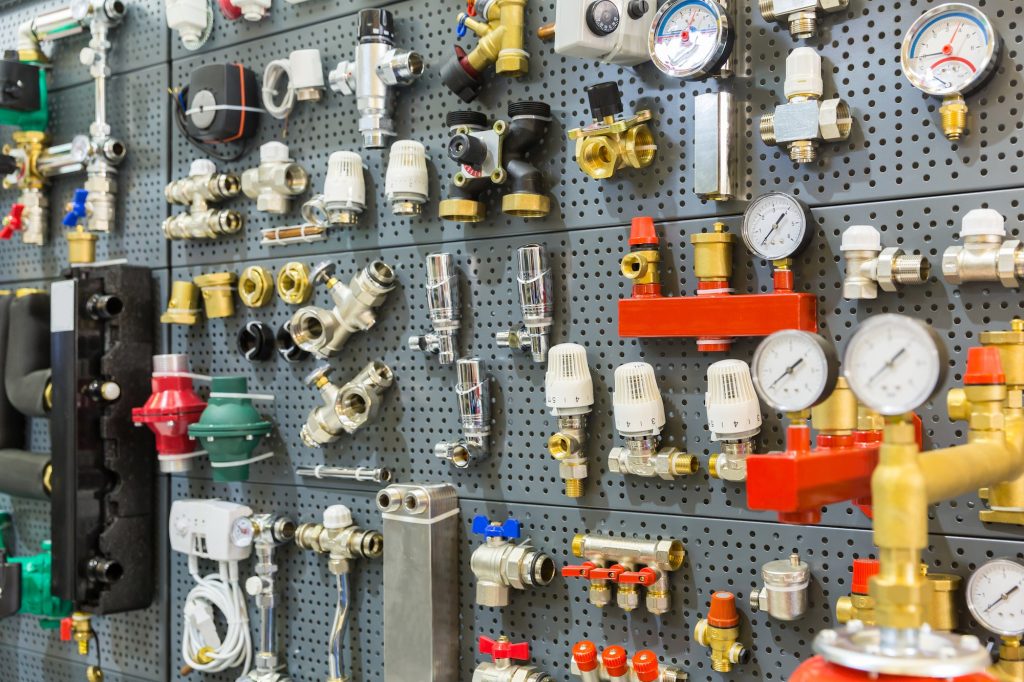Backflow prevention is a crucial part of maintaining a safe and clean water supply for both residential and commercial properties. Backflow occurs when the water in your plumbing system flows in the opposite direction, which can cause contaminants to enter your drinking water supply. This can lead to serious health risks, including water-borne illnesses and infections.
To prevent backflow from occurring, it is important to install backflow prevention devices. These devices are designed to stop the reverse flow of water and prevent contaminants from entering your water supply. However, with so many different types of backflow prevention devices available on the market, it can be challenging to know which one is right for your needs.
In this article, we will provide an overview of the different types of backflow prevention devices, their uses, and the benefits of each.
Types of Backflow Prevention Devices
- Air Gap Devices
- Reduced Pressure Zone (RPZ) Devices
- Double Check Valve (DCV) Devices
- Pressure Vacuum Breaker (PVB) Devices
Air Gap Devices
An air gap device is a backflow prevention device that uses a physical gap to prevent backflow from occurring. This device is typically used in residential properties and is the simplest type of backflow prevention device.
An air gap device works by creating a physical gap between the water supply and the end-use point. This means that if backflow were to occur, the contaminated water would be unable to enter the water supply because of the gap.
Air gap devices are easy to install and require little maintenance. They are also highly effective at preventing backflow from occurring. However, they are typically only suitable for residential properties and may not meet the requirements for commercial properties.
Reduced Pressure Zone (RPZ) Devices
A Reduced Pressure Zone (RPZ) device is a type of backflow prevention device that is commonly used in commercial properties. This device is more complex than an air gap device and is designed to provide a higher level of protection against backflow.
An RPZ device works by creating two physical barriers between the water supply and the end-use point. The first barrier is a check valve that prevents water from flowing back into the system. The second barrier is a reduced pressure zone, which reduces the pressure of the water and prevents it from flowing back into the system.
RPZ devices are highly effective at preventing backflow from occurring and are required by law in many commercial properties. However, they are more expensive than air gap devices and require regular maintenance to ensure they are functioning correctly.
Double Check Valve (DCV) Devices
A Double Check Valve (DCV) device is a type of backflow prevention device that is commonly used in residential and small commercial properties. This device is designed to provide a basic level of protection against backflow.
A DCV device works by using two check valves to prevent water from flowing back into the system. These valves are positioned in a series, so if one valve fails, the other will prevent backflow from occurring.
DCV devices are affordable and easy to install. They are also suitable for both residential and commercial properties. However, they provide a lower level of protection than RPZ devices and may not meet the requirements for some commercial properties.
Pressure Vacuum Breaker (PVB) Devices
A Pressure Vacuum Breaker (PVB) device is a type of backflow prevention device that
is commonly used in residential and small commercial properties. This device is designed to provide a basic level of protection against backflow.
A PVB device works by using a check valve and an air inlet valve to prevent water from flowing back into the system. When backflow occurs, the air inlet valve opens, which breaks the vacuum in the system and prevents the contaminated water from entering the water supply.
PVB devices are affordable and easy to install. They are also suitable for both residential and commercial properties. However, they provide a lower level of protection than RPZ devices and may not meet the requirements for some commercial properties.
Benefits of Backflow Prevention Devices
Now that we have discussed the different types of backflow prevention devices, it’s important to understand the benefits of using them. Here are some of the key benefits of using backflow prevention devices:
- Protection against water contamination: Backflow prevention devices are designed to prevent contaminated water from entering your drinking water supply. This helps to protect the health and safety of your family or customers.
- Compliance with regulations: Many local and national regulations require the installation of backflow prevention devices in certain properties. By installing a backflow prevention device, you can ensure that you are complying with these regulations.
- Cost-effective: Installing a backflow prevention device is a cost-effective way to protect your water supply from contamination. The cost of installing a backflow prevention device is minimal compared to the potential costs associated with contaminated water.
- Easy to maintain: Backflow prevention devices are easy to maintain and require little upkeep. Regular inspections and testing can ensure that the device is functioning correctly and provide peace of mind.
FAQs
Q: Do I need to install a backflow prevention device in my property? A: It depends on your location and the type of property you have. Check with your local government and water supply company to determine if backflow prevention devices are required in your area.
Q: How often should backflow prevention devices be inspected? A: Backflow prevention devices should be inspected annually to ensure that they are functioning correctly.
Q: Can I install a backflow prevention device myself? A: It is recommended that you hire a licensed plumber to install a backflow prevention device. This ensures that the device is installed correctly and meets local regulations.
Conclusion
Understanding the different types of backflow prevention devices is essential for maintaining a safe and clean water supply. Whether you own a residential or commercial property, it’s important to install a backflow prevention device that meets your needs and complies with local regulations.
Air gap devices, RPZ devices, DCV devices, and PVB devices are all effective at preventing backflow, but they each have their own benefits and limitations. By understanding the differences between these devices, you can make an informed decision about which one is right for your property.
Remember, backflow prevention devices are a cost-effective way to protect your water supply from contamination and ensure the health and safety of your family or customers. Don’t wait until it’s too late – install a backflow prevention device today!

